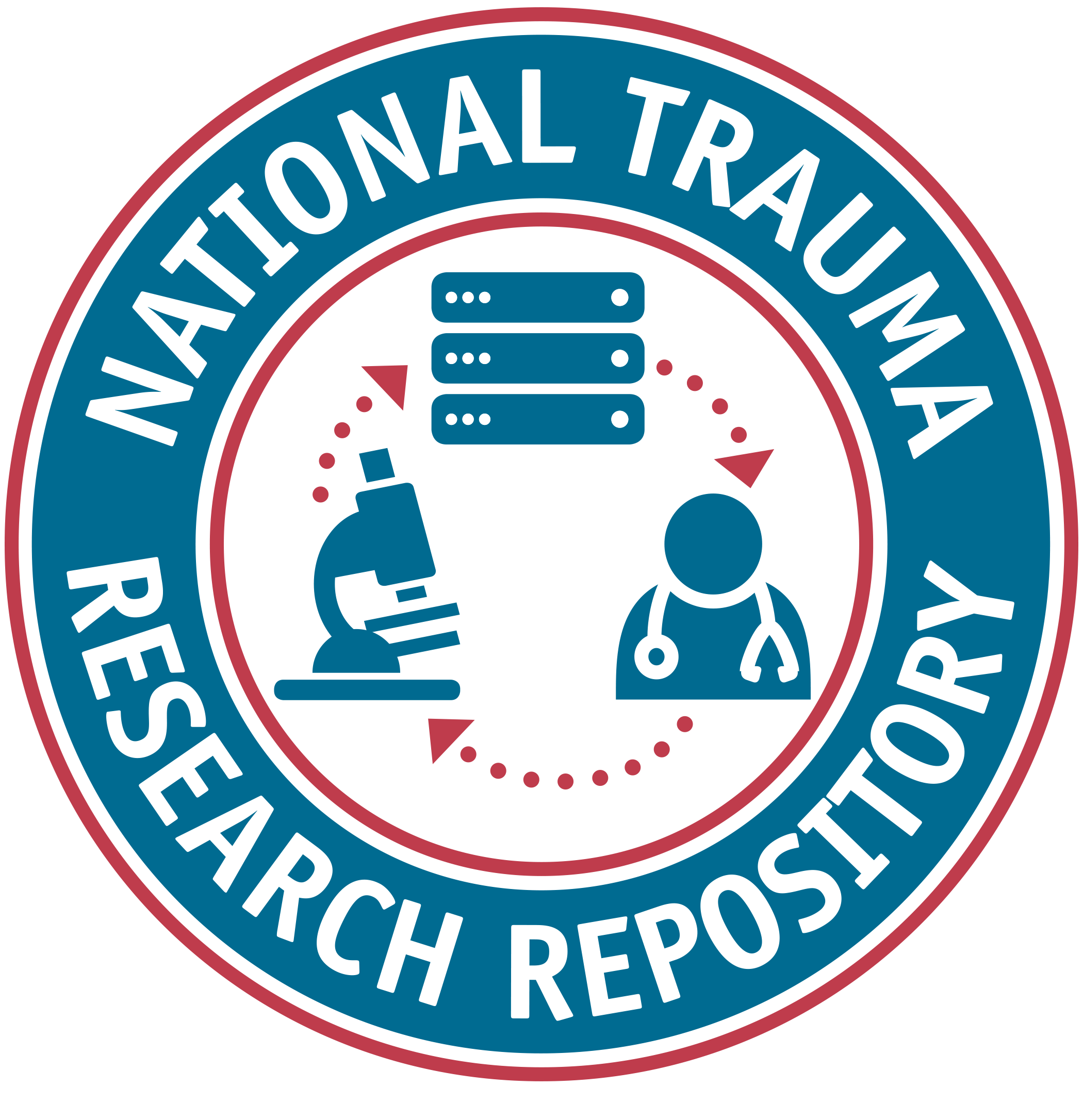Listed below are the details for the data element.
FITBIR
1.0
Element Type
Common Data Element
NIH Toolbox Emotion Perceived Stress Parent Report CAT 8 to 12 - Difficulties scale
NIHTBPSCATPR8to12DffcltsScl
Short Description
Scale of parent report ofof how often difficulties piled up so high that their child did not seem able to overcome them in the past month for ages 8 to 12 as part of the NIH Toolbox Emotion Battery Perceived Stress CAT Parent Report.
Definition
Scale of parent report ofof how often difficulties piled up so high that their child did not seem able to overcome them in the past month for ages 8 to 12 as part of the NIH Toolbox Emotion Battery Perceived Stress Computerized Adaptive Test Parent Report.
Notes
CAT indicator SCPxy014m
Creation Date
2016-07-07
Historical Notes
References
NIH Toolbox Perceived Stress Survey Pediatric (8-12) Parent Report is a CAT comprised of items modified from the Perceived Stress Scale-10. (Cohen, S., Kamarck, T., & Mermelstein, R. (1983). A Global Measure of Perceived Stress. Journal of Health and Social Behavior, 24(4), 385-396.) Provided with permission, Sheldon Cohen, PhD and the American Sociological Association. Copyright 2006-2012 National Institutes of Health and Northwestern University
Data Type
Alphanumeric
Input Restrictions
Single Pre-Defined Value Selected
Population
Pediatric
Guidelines/Instructions
The NIH Toolbox Perceived Stress Survey is a self-report measure administered to ages 13-85, as well as a parent-report measure for ages 8 to 12. Both versions are administered as computer-adaptive tests. It assesses how unpredictable, uncontrollable, and overloaded respondents find their lives. Items administered use a 5-point scale, with options ranging from never to very often. Higher scores are indicative of more perceived stress. For more information on scoring, please refer to the NIH Toolbox Scoring and Interpretation Manual: http://www.nihtoolbox.org/WhatAndWhy/Scoring%20Manual/NIH%20Toolbox%20Scoring%20and%20Interpretation%20Manual%209-27 12.pdf
Preferred Question Text
In the past month, how often did difficulties pile up so high that your child did not seem able to overcome them?
Category Groups and Classifications
| Disease | Domain | Sub-Domain |
|---|---|---|
| General (For all diseases) | Assessments and Examinations | Physical/Neurological Examination |
| Traumatic Brain Injury | Outcomes and End Points | Psychiatric and Psychological Status |
Classification
Traumatic Brain Injury:
Supplemental
Concussion/Mild TBI
Epidemiology
Acute Hospitalized
Moderate/Severe TBI: Rehabilitation
General (For all diseases):
Supplemental
Keywords
EmotionBattery
Perceived_Stress
NIHToolbox
Labels





